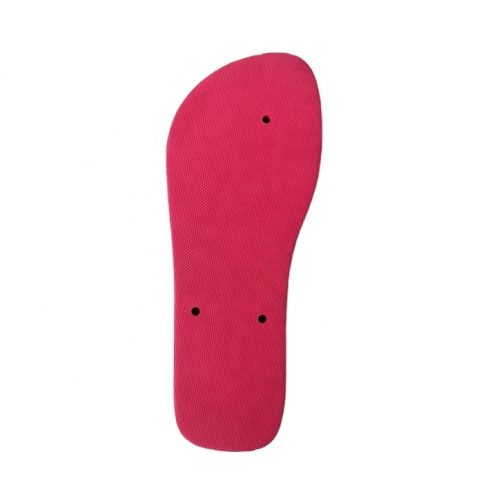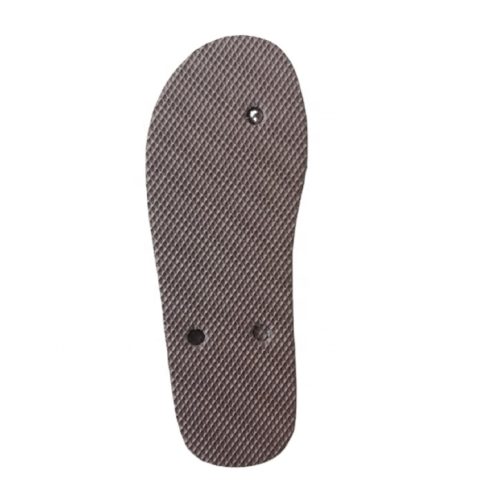While flip-flops may be a popular and convenient shoe option, they can also have a significant environmental impact. Here are some of the ways that flip-flops can harm the environment:
- Production: The production of flip-flops requires the use of non-renewable resources and can result in the release of pollutants into the environment.
- Plastic waste: Most flip-flops are made from plastic, which can take hundreds of years to decompose in landfills and can pollute waterways and harm marine life.
- Shipping: Flip-flops are often produced in countries far away from where they are sold, which requires significant amounts of fossil fuels for transportation.
- Disposal: Many people dispose of flip-flops improperly, leading to litter and pollution in the environment.
However, there are steps you can take to reduce the environmental impact of flip-flops. Some tips include:
- Choose eco-friendly options: Look for flip-flops made from sustainable materials like recycled plastic or natural fibers.
- Recycle: Many flip-flops can be recycled, so check with your local recycling center to see if they accept them.
- Dispose of properly: When you’re finished with your flip-flops, dispose of them properly in a recycling bin or trash can.
- Buy local: Choose flip-flops made in your own country or region to reduce the environmental impact of shipping.
By being mindful of the environmental impact of flip-flops and taking steps to reduce it, we can enjoy the convenience of this shoe style while also protecting our planet.


